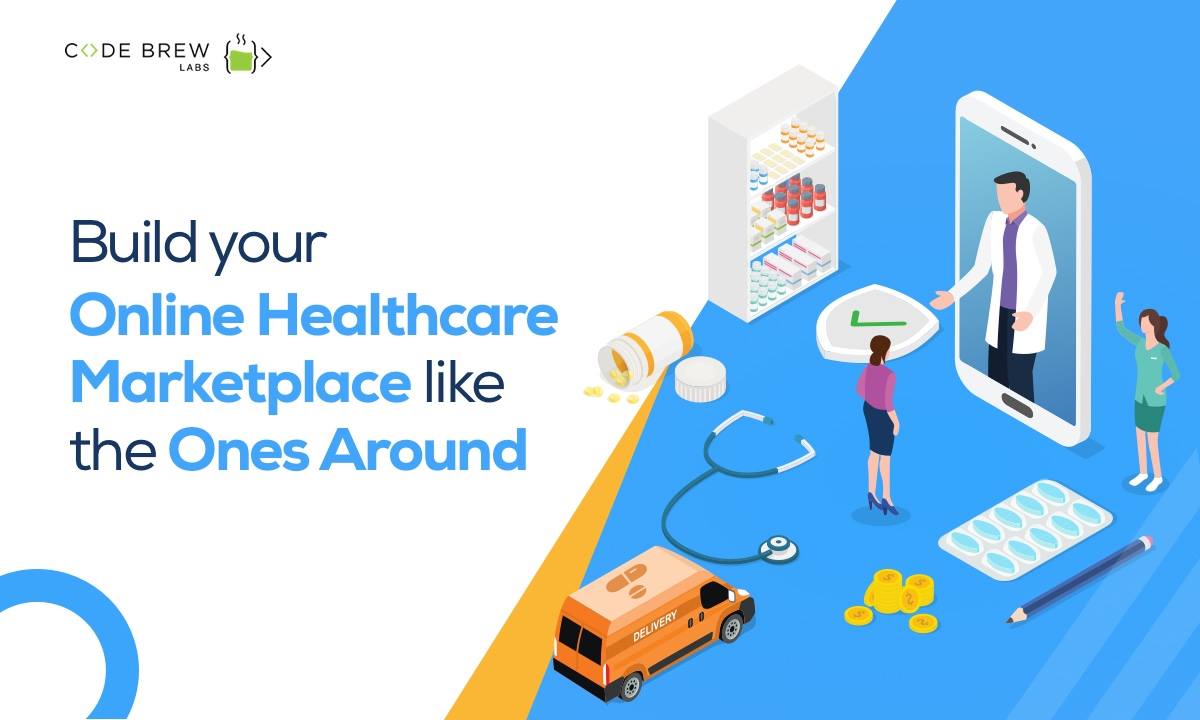How Subscription Based Healthcare is Reinventing Patient Access to Services
How Subscription Based Healthcare is Reinventing Patient Access to Services
Blog Article
Exactly How Subscription-Based Health Care Is Reinventing the Clinical Market

The Rise of Registration Health Care
Recently, the healthcare sector has actually observed a significant change in the direction of subscription-based designs, showing wider consumer patterns preferring benefit and predictability. This change is driven by the increasing need for even more easily accessible and customized care services. Registration health care, in some cases described as attendant medicine or straight medical care, provides patients a set monthly charge for a series of medical services, considerably changing conventional fee-for-service models.
The surge of registration healthcare is facilitated by developments in modern technology, which enable structured interaction between companies and individuals - subscription based healthcare. Digital platforms and telehealth solutions have come to be integral, supplying people the ability to arrange visits, access clinical records, and receive appointments online. This technical integration not just boosts person interaction but additionally permits carriers to deliver a lot more efficient care
Moreover, the subscription design aligns with the advancing assumptions of patients who seek more control over their healthcare expenses and experiences. While this model is gaining grip, its spreading encounters obstacles such as governing difficulties and the need for more comprehensive approval within the standard health care environment.
Advantages for Carriers and people
Subscription-based healthcare supplies a wide variety of advantages for both clients and companies, improving the characteristics of medical care. For people, this design supplies improved accessibility to medical care services. With a foreseeable month-to-month charge, patients can appreciate unrestricted assessments, reduced delay times, and customized treatment. This plan frequently leads to a much more proactive strategy to health and wellness management, permitting timely treatments that can prevent persistent conditions from rising. Additionally, the economic transparency of registration models lowers the unpredictability connected with standard fee-for-service billing, relieving the concern of unanticipated medical expenditures.
For healthcare carriers, subscription-based versions foster an even more enjoyable and sustainable practice. Management tasks are often structured, decreasing overhanging expenses and permitting suppliers to dedicate even more time to patient communication. Overall, subscription-based medical care aligns the motivations of clients and providers, advertising a more patient-centered and reliable healthcare distribution system.
Key Functions of the Version
Regularly, the essential functions of the subscription-based medical care model highlight its unique technique to supplying medical services. Central to this model is the idea of foreseeable, monthly repayments, offering clients a comprehensive series of solutions without the unpredictability of conventional fee-for-service frameworks. This design usually includes unlimited access to medical care services, preventive care, and routine check-ups, guaranteeing that clients can engage with their health care suppliers proactively as opposed to reactively.
In addition, straight interaction channels, such as telemedicine and messaging platforms, are emphasized, allowing patients to obtain timely guidance and assessments without needing in-person appointments. This boosts accessibility and ease, specifically for people with wheelchair restrictions or those residing in remote areas. The version likewise promotes stronger doctor-patient find out here partnerships, as doctor are incentivized to concentrate on long-term wellness results as opposed to short-term brows through.
Additionally, subscription-based health care frequently incorporates technical developments, such as digital health and wellness records and wellness tracking apps, to give reliable and individualized care. Individuals take advantage of collaborated and continuous treatment management, which is customized to their particular wellness needs. Inevitably, these functions jointly produce a patient-centered medical care experience, prioritizing accessibility, expense openness, and precautionary treatment.

Considerations and challenges
While the subscription-based medical care design offers countless advantages, it is not without its obstacles and factors to consider. One substantial challenge is making certain equitable accessibility. Membership versions may accidentally favor those with greater socioeconomic status, possibly widening variations in medical care gain access to for lower-income people who might deal with regular monthly costs. This raises honest concerns regarding inclusivity and equity in medical care delivery.
An additional challenge depends on regulative conformity. Subscription-based medical care must navigate a complicated internet of guidelines that differ by area, consisting of issues around patient confidentiality, data security, and state licensing demands. Making certain conformity without impeding the model's flexibility and development can be intimidating for suppliers.
In addition, there is the threat of overutilization or check my blog underutilization of solutions. Clients paying a taken care of charge may overuse solutions, causing boosted operational expenses, while others might underutilize due to be afraid of straining the system, possibly ignoring needed care.
Future Potential Customers and Innovations
The landscape of subscription-based healthcare is poised for transformation via arising advancements and progressing potential customers. As innovation continues to advance, the integration of fabricated knowledge and artificial intelligence presents substantial chances to improve diagnostic precision and enhance client management. Anticipating analytics can transform preventive treatment by determining potential wellness dangers before they show up, thus reducing both expenses and the concern on healthcare systems.
Additionally, telemedicine is established to broaden within subscription versions, offering clients raised access to medical care experts despite geographical restrictions. This not just assists in continuity of care yet likewise encourages clients to involve more proactively in their health administration. Additionally, blockchain innovation supplies prospective in safeguarding patient information and ensuring interoperability across platforms, cultivating trust and transparency.
Collaborations in between tech firms and medical care providers are most likely to generate cutting-edge options, improving individual experiences and results. As Full Report these potential customers materialize, subscription-based healthcare has the possible to redefine just how treatment is delivered and accessed.
Conclusion
Subscription-based healthcare is transforming the clinical industry by using a more easily accessible, foreseeable, and patient-centered method to clinical services. In spite of obstacles such as regulatory obstacles and potential variations in access, the membership version holds promise for a much more tailored and efficient healthcare experience.
Membership medical care, sometimes referred to as concierge medicine or straight main treatment, uses people a set monthly fee for a range of medical services, considerably changing typical fee-for-service models.
In addition, the registration model aligns with the developing assumptions of individuals that look for even more control over their medical care expenditures and experiences. For people, this version provides enhanced accessibility to healthcare solutions. Overall, subscription-based healthcare aligns the incentives of suppliers and people, advertising a much more effective and patient-centered health care delivery system.
Furthermore, telemedicine is set to expand within registration versions, offering people boosted access to healthcare professionals no matter of geographical restraints. - subscription based healthcare
Report this page